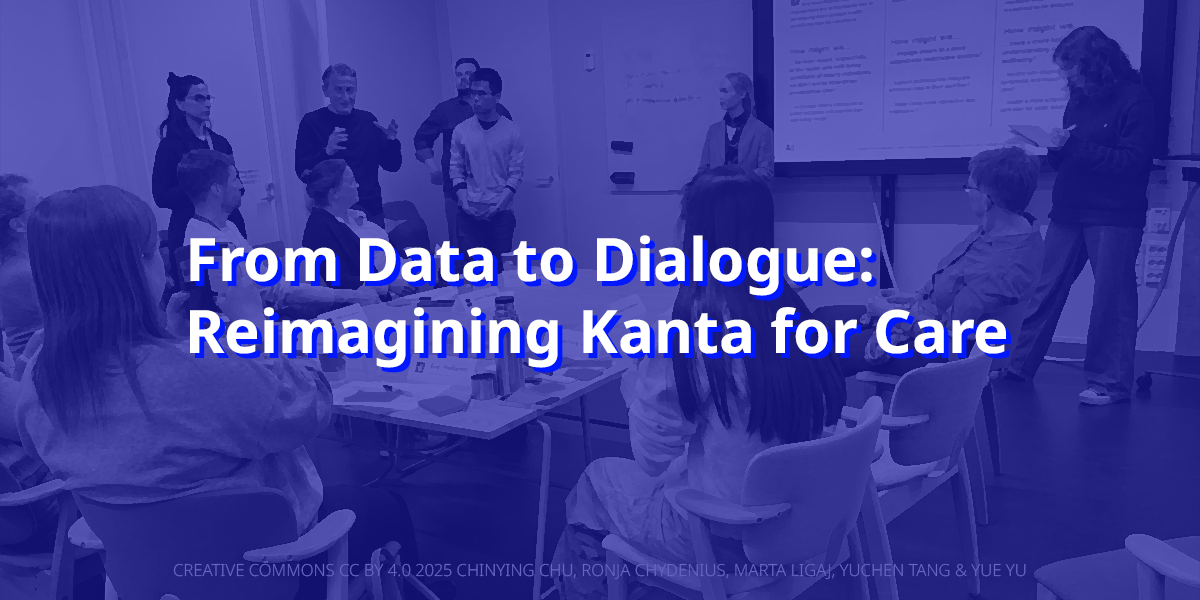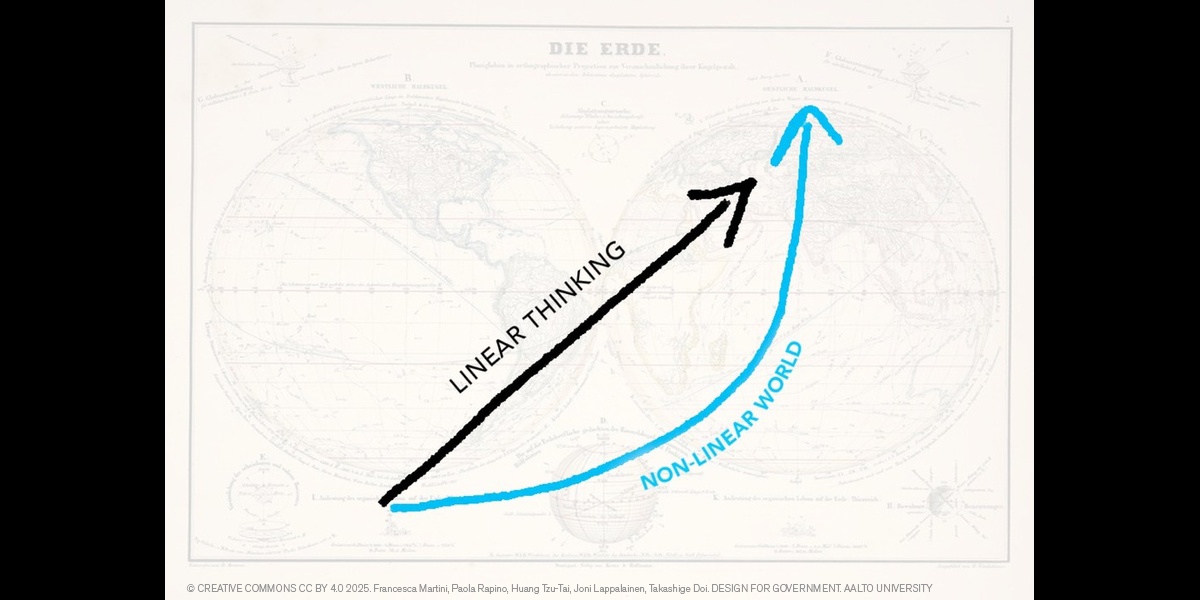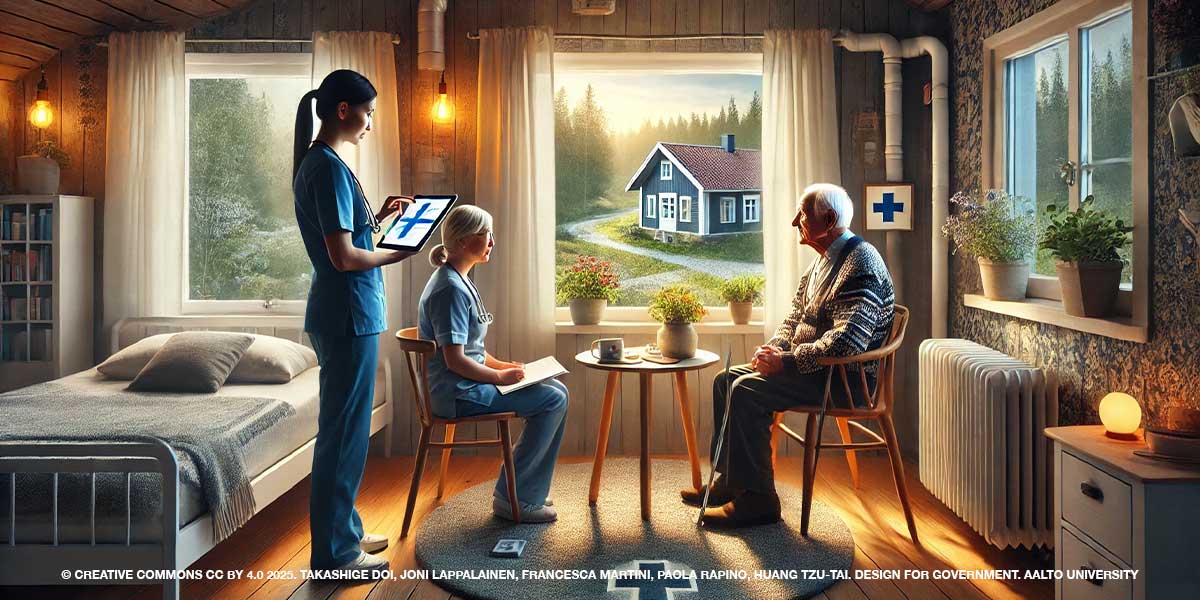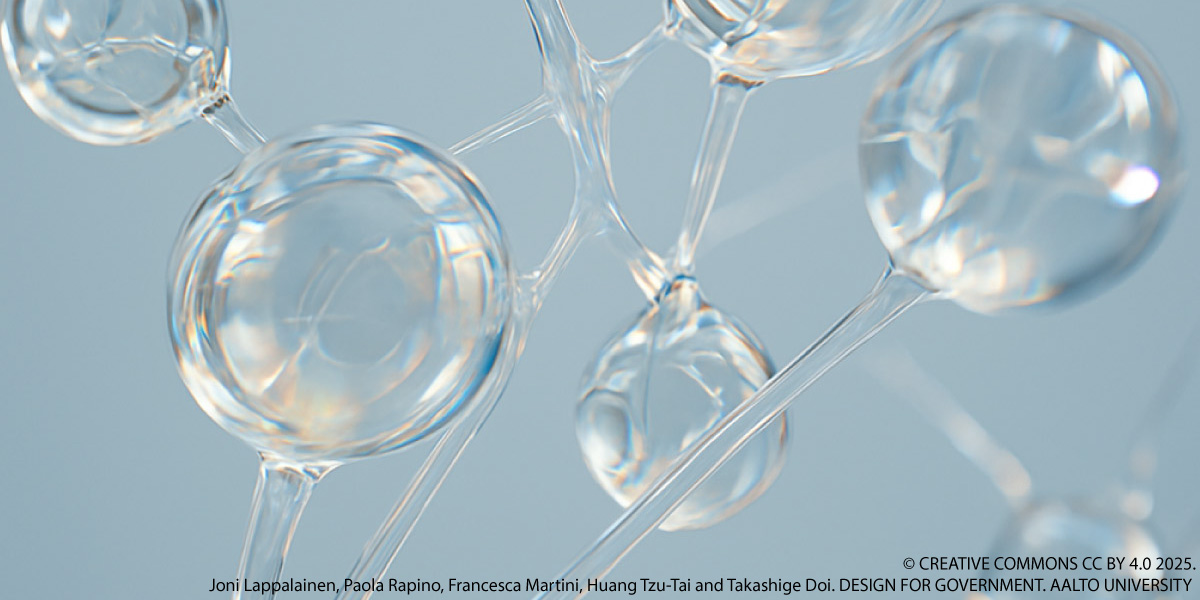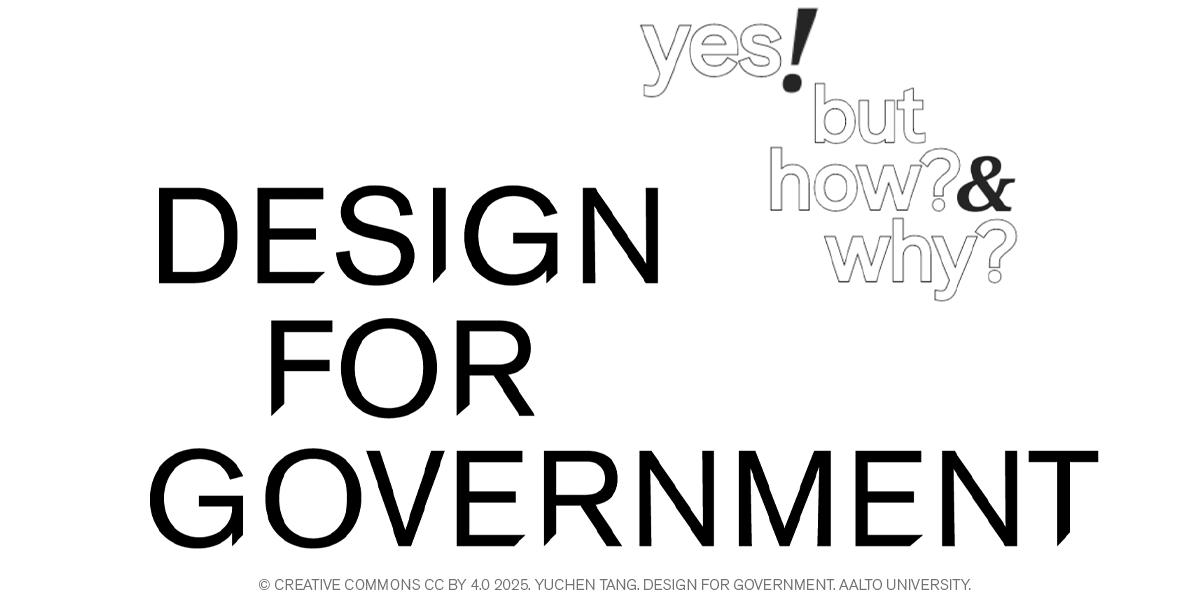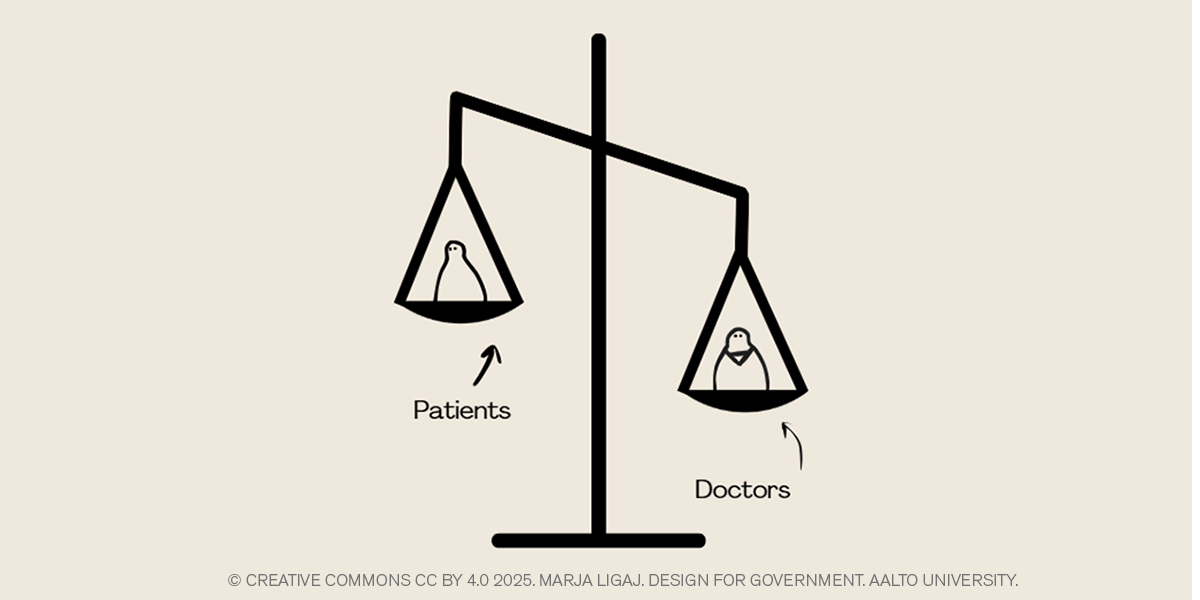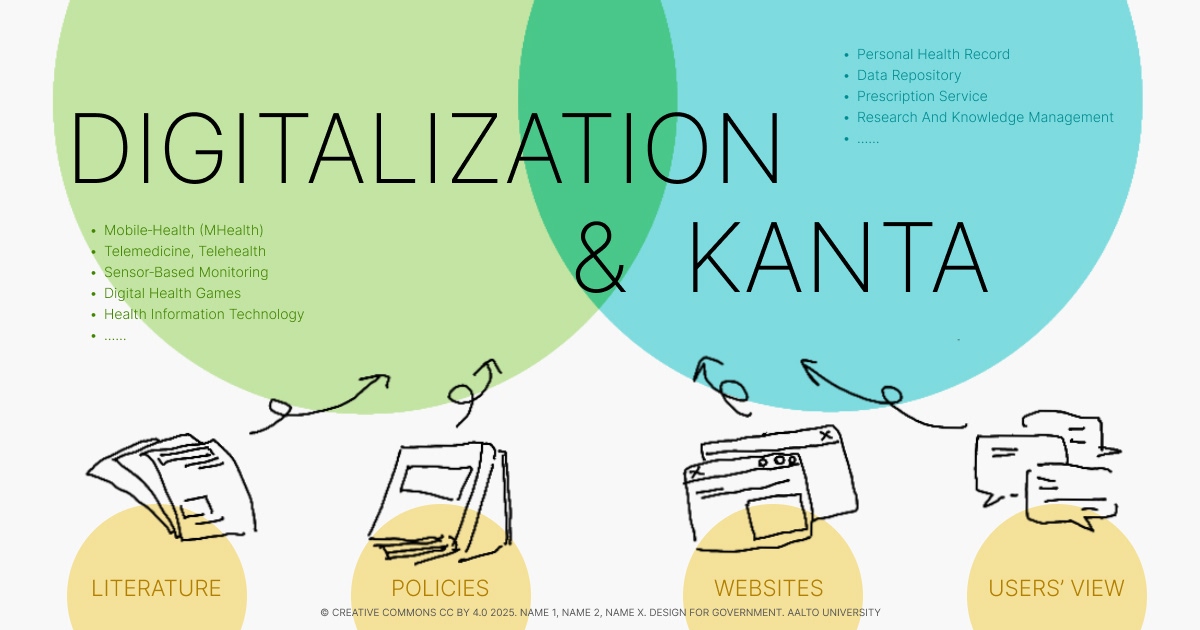Continuity of Knowledge
DfG25, Finnish institute for Health and Welfare (THL), Kela, Ministry of Social Affairs, Service delivery, Policy Project descriptions Continuity of Care is an ongoing, multiyear collaboration between Kela, the Social Insurance Institution of Finland, and Aalto’s Design for Government (DfG) course. The project will build upon last year’s collaboration focused on the Omalääkäri, or “Personal Doctor” … Read more

